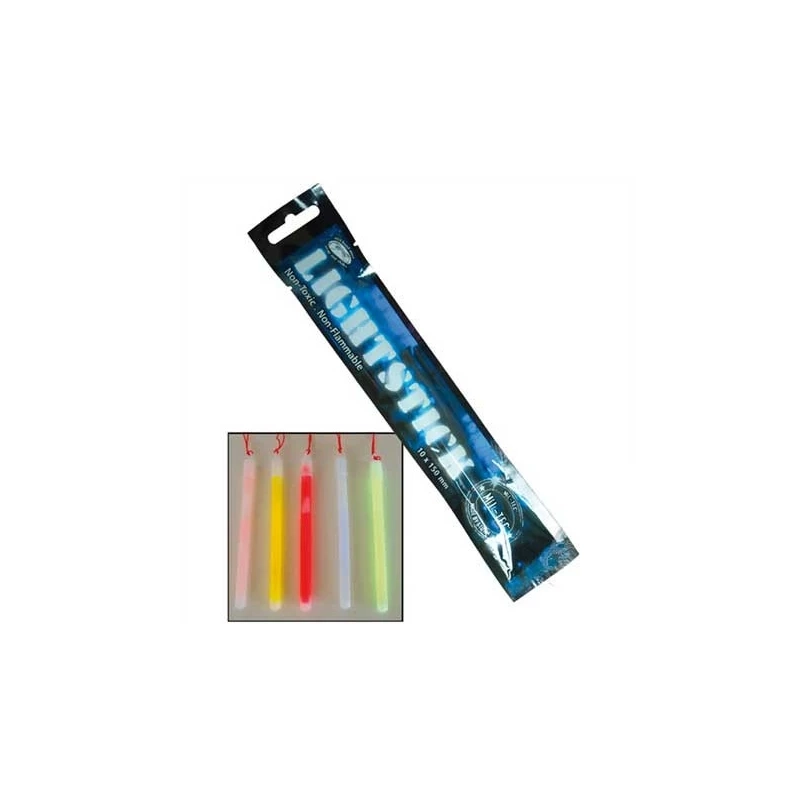Lightstick
Lightstick is a chemical light that emits light without using electricity. It is a stick that activates by bending or breaking, causing a chemical reaction between two or more components inside. This type of light is popular for various purposes, including emergency lighting, entertainment, military operations, diving, and outdoor activities.
Lightsticks were developed in the 1960s as a means of emergency lighting. The first patent for chemical light was filed in 1965, with various companies and individuals contributing to the development and refinement of the technology. Notable contributions were made by scientists like Edwin A. Chandross and others at Bell Laboratories. In the 1970s, lightsticks began to be commercially produced and quickly gained popularity due to their reliability and ease of use.
Today, lightsticks are available in various colors and sizes. Modern developments include longer-lasting light and special variants such as waterproof or underwater lightsticks for divers.
How It Works
A lightstick operates on the principle of chemiluminescence, which is a process where a chemical reaction produces light. Inside the lightstick, there are two liquids separated by a plastic wall. When the stick is bent, the plastic wall breaks, and the two liquids mix, triggering a chemical reaction that produces light. A typical reaction involves an oxalate ester and hydrogen peroxide, which react with a dye to produce light.
Advantages:
Independence from electricity
Reliability and simplicity of use
High resistance to water and extreme conditions
Long shelf life
Disadvantages:
Single-use
Limited light intensity
Limited duration of illumination (usually a few hours)
Some chemicals can be harmful if handled improperly
Powered by Froala Editor
